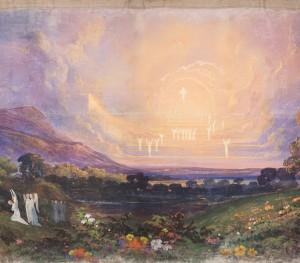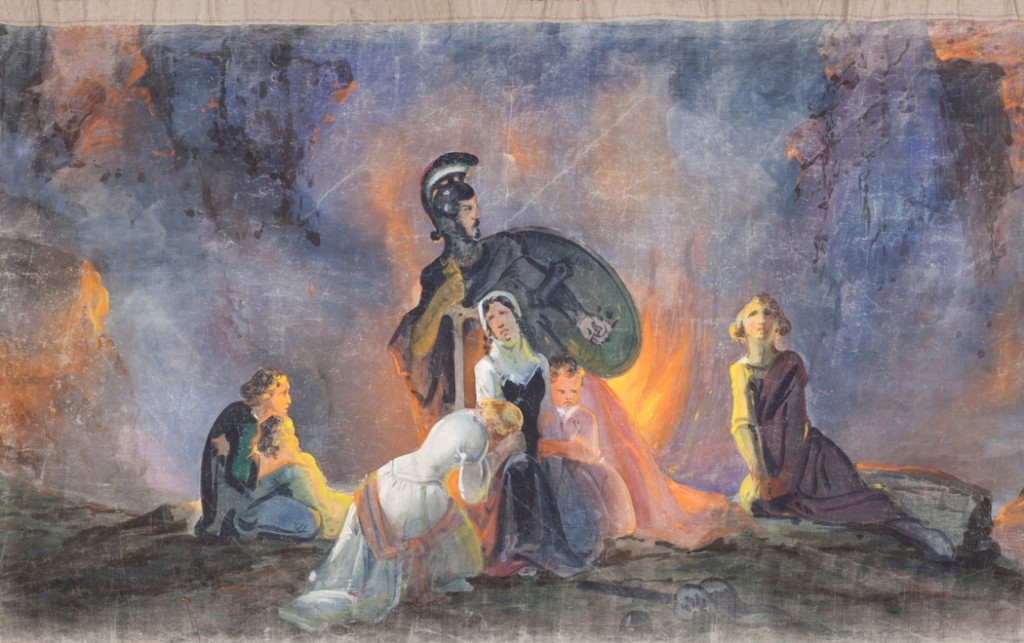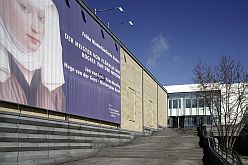It’s true, museums are confusing to people who don’t frequent them. I don’t mind wandering, unless I’m in a hurry, but I know that other people do.
As the newsdesk of the Smithsonian wrote yesterday:
“What can we see?†and “How do we get there?†are two of the most common questions asked by Smithsonian visitors.
Naturally, Google, which annoyed me and other art-lovers by forcing us to use the Google Art Project only on its browser, Chrome, is making that up to us by using its mapping app in museums. All 17 of the Smithsonian’s museums (and the National Zoo) have been mapped room by room in cooperation with Google. As the Smithsonian said:
Beginning today, many of the millions of yearly visitors to the Smithsonian can electronically explore the building interiors, floor by floor, and pinpoint themselves within the building. The technology allows visitors with Google Maps for Android to navigate within and between each museum.
Users will see themselves on the map as a blue dot that will show their location and orientation within the context of exhibits, stairs, restrooms, eateries and other features. Step-by-step walking directions between destinations are also available within the app, providing visitors guided navigation within each museum.
Actually, it’s not just the Smithsonian — the De Young Museum in San Francisco, the Philadelphia Museum of Art, the Indianapolis Museum of Art, the Cincinnati Museum Center (?) and the American Museum of Natural History in New York have also submitted their floorplans to Google, which has made them available.
This is the same technology Google uses for airports, casinos, malls, Bloomingdale’s and other places people need directions. Made available last November, this app now includes more than 10,000 indoor maps, according to PC Magazine.
For its part, Google said:
More museums are adding their floor plans to Google Maps for Android soon, including the SFMOMA, The Phillips Collection, the Nelson-Atkins Museum of Art and the National WWII Museum in New Orleans. If you’re interested in getting your museum’s floor plan included in Google Maps, visit the Google Maps Floor Plans tool.
I was just talking about technology with a couple of museum directors in recent days, and while it seems that technology is coming to every museum, they may be forced to choose which company’s technology they’ll favor in their own use. It’s inevitable, I guess, but I’m not sure it’s a good thing.
Photo Credit: Courtesy of Google





